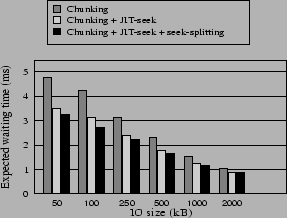
Figure 16 shows the individual contributions of
the three strategies with respect to expected waiting time for the random
workload with the elevator scheduling policy.
In Section 4.1, we showed that the expected waiting
time can be significantly smaller in Semi-preemptible IO than in non-preemptible IO.
Here we compare only contributions within Semi-preemptible IO to show the importance
of each strategy. Since the time to transfer a single chunk of data
is small compared to the seek time (typically less than ![]() ms for a chunk
transfer and
ms for a chunk
transfer and ![]() ms for a seek), the expected waiting time decreases as
the data transfer time becomes more dominant.
When the data transfer time dominates the seek and rotational
delays, chunking is the most useful method for reducing the expected
waiting time. When the seek and rotational delays are dominant, JIT-seek
and seek-splitting become more effective for reducing the
expected waiting time.
ms for a seek), the expected waiting time decreases as
the data transfer time becomes more dominant.
When the data transfer time dominates the seek and rotational
delays, chunking is the most useful method for reducing the expected
waiting time. When the seek and rotational delays are dominant, JIT-seek
and seek-splitting become more effective for reducing the
expected waiting time.
 |
Figure 17 summarizes the individual contributions of the three strategies with respect to the achieved disk throughput. Seek-splitting can degrade disk throughput, since whenever a long seek is split, the disk requires more time to perform multiple sub-seeks. JIT-seek requires accurate prediction of the seek time and rotational delay. It introduces overhead in the case of mis-prediction. However, when the data transfer is dominant, benefits of chunking can mask both seek-splitting and JIT-seek overheads. JIT-seek aids the throughput with free prefetching. The potential free disk throughput acquired using free prefetching depends on the rate of JIT-seeks, which decreases with IO size. We believe that the free prefetching is a useful strategy for multimedia systems that often access data sequentially and hence can use most of the potential free throughput.